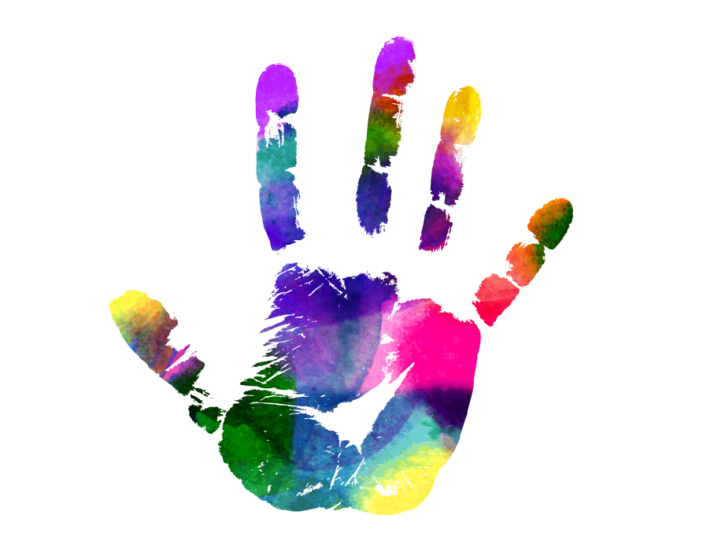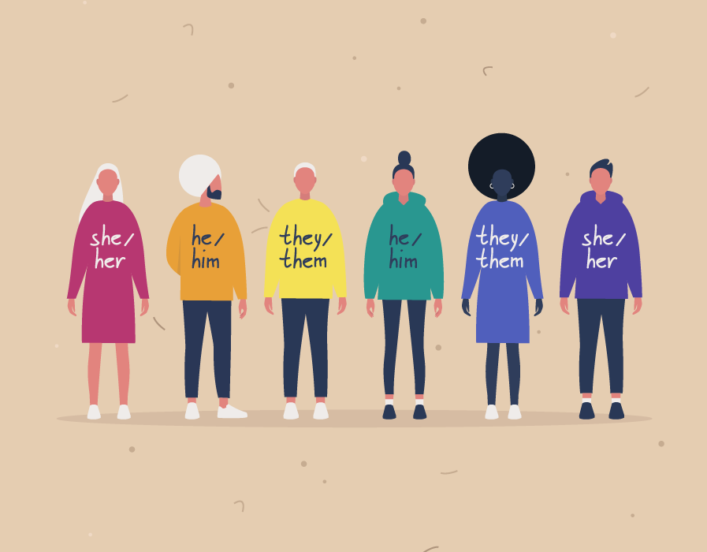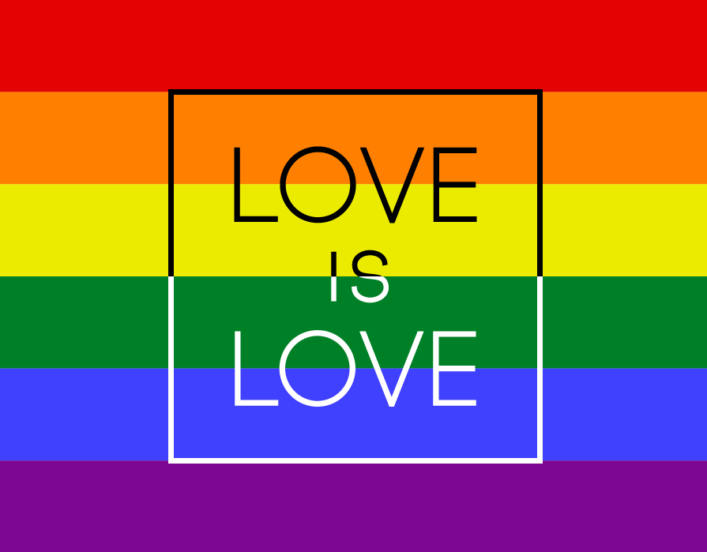DEI Toolkit: Marital Status

Definition of marital status
: the state of being married or not married — used on official forms to ask if a person is married, single, divorced, or widowed.
Source: Merriam-Webster Dictionary
When we think of marital status, we may think of the legal definition of the term, which includes the options listed above. However, increasingly more categories are being recognized as part of this definition that are not based on formal legal unions, such as domestic partners, common-law marriages, and those that may include more than one partner like polygamous relationships. Our idea of what this concept means is evolving.
Marital status is a secondary dimension of diversity. While marital status is not necessarily a visible trait, it helps shape a person’s cultural perspective. A person’s marital status may influence language/communication styles, life expectations and ideas.
Marital status also may or may not be a part of a person’s self-identification, or how we see ourselves in terms of our own diversity. However, the value we place on marital status can tie back to our own experiences and other parts of our identity. These differences in marital status and how status types are valued is an important aspect of diversity in an organization. In what ways does marital status play into your sense of self? How does it affect other aspects of your dimensions of diversity?
From an organizational perspective, it is important to embrace individuals who fall under a variety of marital status types. This will give a diversity of opinions and experiences, making your branch more robust. Because marital status can change, it is vital to allow individuals to identify with these changes and support them as needed. How can you work to include all members of your branch regardless of marital status?
Readings:
- Print Materials:
- Websites:
- Marital Status Definition.
- Population Distribution by Marital Status.
- Interviewers Still Ask Illegal Questions but Fewer Want to Know, ‘Are You Married?’
- Focus on: Marital Status and the Law Against Discrimination.
- What Should You do if You are Asked About Your Relationship Status in an Interview?
- Marital and Parental Status Discrimination: State Law.
- Housing Discrimination Against Unmarried Couples.
- Unmarried Equality.
- Marital Status, Gender, and Sexual Orientation: Implications for Employment Hiring Decisions.
- Domestic Violence and Financial Dependency.
Videos:
Related
Dimensions of Diversity & Identity

DEI Toolkit: Gender & Gender Identity

DEI Toolkit: Sexual Orientation

